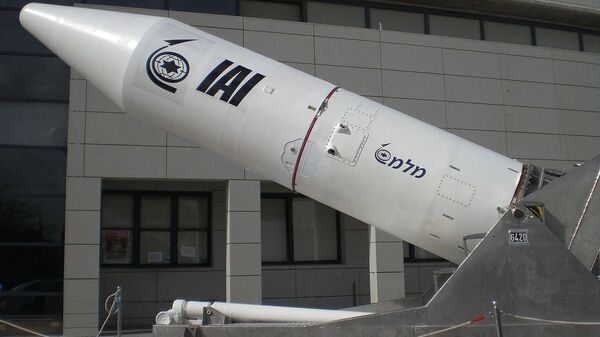The United States and Israel are the two main obstacles to the four-and-a-half decade old idea of a WMD-free Middle East, Iran’s ambassador to the United Nations has said.
“The irresponsible policies and actions [of Israel and the US] to proliferate WMD should not be acceptable to the international community,” Ambassador Majid Takht-Ravanchi said, speaking at the conference on the proposed establishment of a WMD-free Middle East in New York on Monday, his remarks quoted by Mehr News.
“The WMD arsenal of the Israeli regime supported by the USA and the latter’s unwillingness to engage in the work of the Conference are the two main obstacles in the realization of the idea of a WMD-free zone in the Middle East,” the envoy noted.
Both the Israeli and US ambassadors to the UN skipped Monday’s meeting.
Meanwhile, Takht-Ravanchi said that Iran’s “well-known position” on all three types of WMDs – nuclear, chemical and biological, was the “total, irreversible and verifiable elimination of these inhumane weapons.”
“This policy stems from our Islamic believe, rational calculation of our national interest and that of the region and the bitter experience of being the major victim of the most systemic chemical attacks in contemporary history,” the ambassador added, referring to the Iran-Iraq War of 1980-1988, when Iraq used chemical weapons procured with US help in over 350 large-scale chemical attacks against Iranian troops.
Iran did not retaliate to these attacks in kind, and dismantled its chemical weapons arsenal completely by the time it ratified the Chemical Weapons Convention in 1997.
Takht-Ravanchi stressed that Iran would be ready to “play its role” in working with regional powers “towards the total elimination of nuclear weapons and other weapons of mass destruction in the Middle East.”
At the meeting, UN Secretary General Antonio Guterres praised the WMD-free zone idea as a way to permanently end the threat of nuclear conflict in the region.
Nuclear Ambiguity
Israel, which has repeatedly vowed not to allow Iran to develop nuclear weapons, is the only state in the Middle East thought to possess nuclear weapons. The country is estimated to have a stockpile of between 80 and 400 nuclear warheads in its arsenal, deliverable by aircraft, submarines, and the Jericho III intercontinental ballistic missile. However, Tel Aviv’s official policy is neither to confirm nor deny its status as a nuclear power.
Iran’s Nuclear Enrichment
On Monday, US Secretary of State Mike Pompeo announced that the US would be rescinding its sanctions waiver for Iran’s Fordow nuclear fuel enrichment plant, saying that there was no “legitimate” reason for the country to be enriching uranium. Last week, officials from the European Union, France, the UK and Germany issued a joint statement accusing Iran of “breaching” the 2015 Joint Comprehensive Plan of Action nuclear deal by failing to fulfil its commitments.
Tehran responded by saying that its enrichment activities were related to the failure of the JCPOA’s European signatories to meet their commitments on anti-Iranian sanctions and trade, and arguing that Iran had every right to reduce its own commitments under the terms outlined in the JCPOA treaty.
Tehran’s scaling back of its JCPOA commitments has included enriching uranium beyond the 3.67 percent U-235 concentration limit outlined by the JCPOA. Earlier this month, the country’s atomic energy organisation confirmed that the country was enriching uranium to 5 percent U-235. This number remains well below weapons-grade uranium, which scientists classify as uranium with a U-235 concentration of 85 percent or above. For comparison’s sake, the ‘Little Boy’ uranium gun-type bomb dropped on Hiroshima, Japan in 1945 had a U-235 concentration of about 80 percent.




